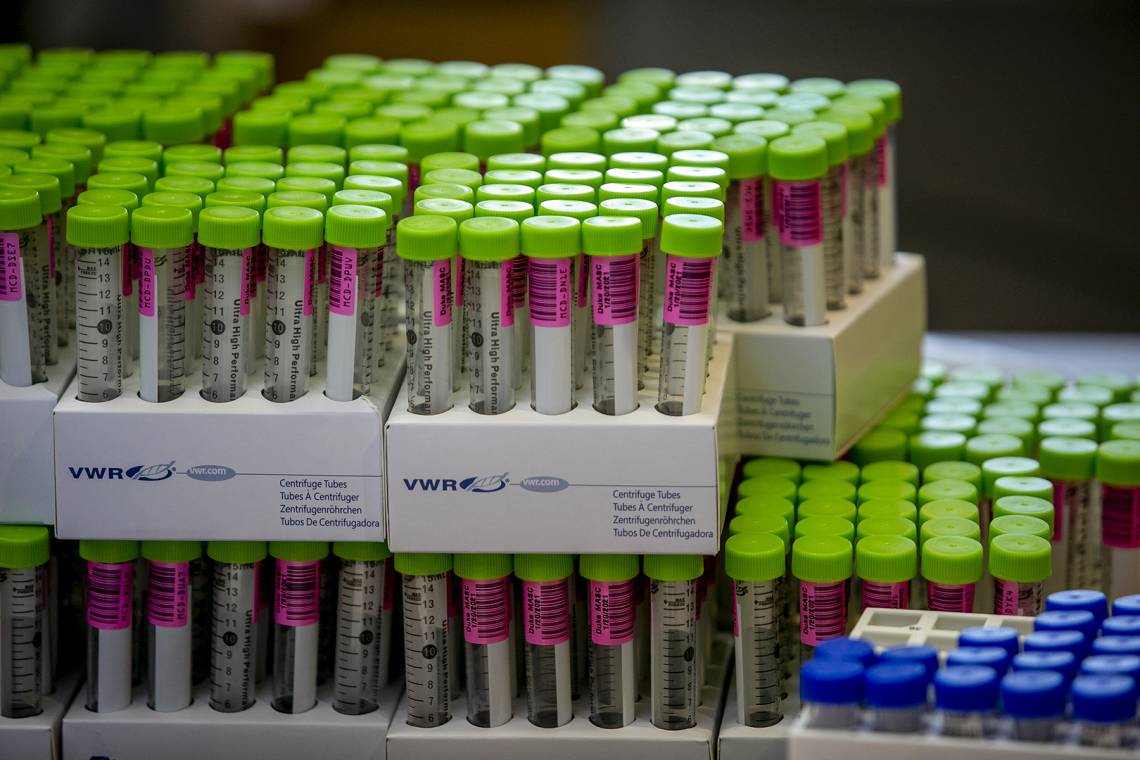
Midway through the fall semester, Duke has seen zero COVID transmissions traced back to the classroom. This is a result of a COVID response plan that in several ways distinguished itself from those at other universities: Masks in the classroom, full vaccination of faculty, staff and students, and heavy surveillance testing and quick turnaround of results.
A month of declining and low numbers of infections shows that the response is working; Last week at the Academic Council a team of faculty experts and senior administrators showed how it is working. The speakers presented the modeling data behind their recommendations and how the numbers shaped a plan to safely bring back students to campus and in-person classroom learning.
With a forthcoming article in a leading medical journal, Duke's effort is gaining national attention. However, the speakers Thursday weren't declaring victory: High rates of unvaccinated people in the surrounding community and the risk of new COVID variants present continuing concerns as winter approaches.
There was, however, optimism. "We're not seeing classroom transmission. We're also not seeing on-field transmission in athletics. We're not seeing a lot of transmission in daily activities," said Dr. Cameron Wolfe, an infectious disease specialist at Duke Health. "In clinical settings, we're finding masks have had a significant effect and offer protection."






